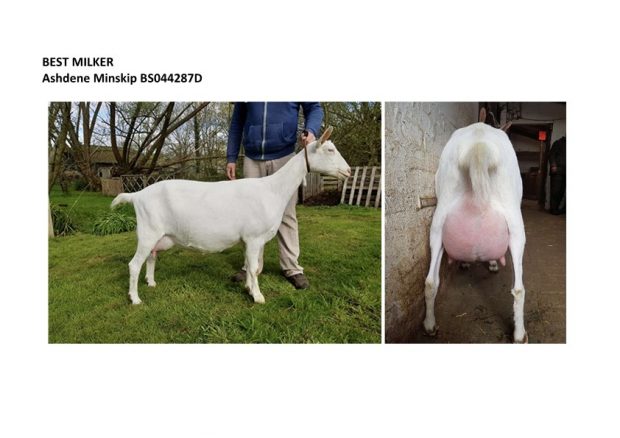The following is from the WHO document
“2.3 Animal milks and infant formula
Animal milks are very different from breast milk in both the quantities of the various nutrients, and in their quality. For infants under 6 months of age, animal milks can be home-modified by the addition of water, sugar and micronutrients to make them usable as short-term replacements for breast milk in exceptionally difficult situations, but they can never be equivalent or have the same anti-infective properties as breast milk (13). After 6 months, infants can receive boiled full cream milk (14).” WHO,
This is the Health Canada’s version of the above statement.
Home-made formulas made from canned, evaporated, whole milk (cow or goat) are not recommended as a breastmilk substitute. They are nutritionally incomplete (Briend, 2006; WHO, 2009). These formulas should only be considered for emergency, short-term use. They must be prepared safely, following directions from WHO’s Infant Feeding in Emergencies (WHO, 2007).”
The following paragraphs look at the validity of their position that goat milk should not be fed to infants.
“Animal milks are very different from breast milk” [ There is a suggestion in this statement, to feed your child infant formula.]
This is the wrong comparison. It is also wrong. The choice given, is between animal milks and breast milk. The obvious choice is breastmilk. No debate from me. What happens when there is no breastmilk? Now we have a decision to be made, what to feed? Goat milk or infant formula? This question is not asked by the WHO. Why? Because infant formulas would loose.
“exceptionally difficult situations”??
Goat milk solved those “exceptionally difficult situations”. Oh boy, when an alternative succeeds “in exceptionally difficult situations”, “HATS OFF” Congratulations! Study goat milk. Honour goat milk. A totally natural alternative. Give it a Nobel prize. What else can it do? It’s got it’s bases covered. Perhaps it could do more if it got the chance! How about “difficult situations”? Or can it be better than the “sub-optimal feeding” of infant formulas?
“Situations” means more than one illness. Which illness? Why do they hide the identity of these illnesses? How long have they watched goat milks success when fed to infants? The addition of folic acid and other vitamins to canned goat milk happened a hundred years ago. Their would be a rational for this addition. Probably went something like this. People associated goat milk with successful infant feeding. Occasional occurrences of folic acid were noticed and a decision was made to rectify this shortage, and encourage the use of goat milk in infant feeding. These shortages were due to the improper feeding of a backyard goat.
Goat milk has been the last resort for suffering infants and mothers. The last resort came through, success where others failed. This is science. It is better science than clinical feeding trials because it shows superiority. When better can be established, examine why? Not deny. Mothers want to know, what is the best food for my infant.

